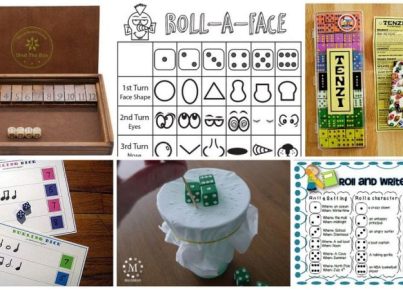Teaching kindergarten online can be a challenging task, but with the right strategies and tools, it can also be a rewarding experience. In this article, we will guide you through the process of teaching kindergarten students online and provide tips for creating an engaging and interactive virtual classroom.
-
- Set Up a Suitable Virtual Classroom Environment:
– Choose a platform: Select a user-friendly platform that allows for video conferencing, screen sharing, and interactive features.
– Create a welcoming space: Set up your virtual classroom with colorful backgrounds, visual aids, and age-appropriate decorations to make students feel comfortable and engaged.
-
- Establish Clear Classroom Expectations:
– Communicate rules: Clearly explain the online classroom rules, such as raising hands, taking turns, and being respectful to others.
– Set a schedule: Create a daily or weekly schedule that outlines the learning activities, breaks, and communication times.
-
- Utilize Interactive Teaching Methods:
– Use visual aids: Incorporate visual aids, such as PowerPoint presentations, videos, and interactive online resources, to enhance understanding and maintain engagement.
– Encourage active participation: Implement interactive activities that require students’ active involvement, such as virtual games, polls, and quizzes.
-
- Foster Strong Communication:
– Stay connected with parents: Regularly communicate with parents through email or online platforms to provide updates on students’ progress and address any concerns.
– Provide feedback: Offer timely feedback and constructive criticism to students to help them understand their strengths and areas for improvement.
-
- Make Learning Fun:
– Incorporate hands-on activities: Design virtual experiments, arts and crafts projects, or scavenger hunts that allow students to explore and learn outside the traditional classroom setting.
– Use storytelling and music: Engage students through storytelling, singing songs, and introducing age-appropriate educational videos.
-
- Adapt to Individual Learning Needs:
– Differentiate instruction: Modify your teaching methods and materials to accommodate students with diverse learning styles and abilities.
– Provide additional support: Offer one-on-one virtual sessions or small group activities to address individual students’ needs and reinforce learning.
-
- Encourage Parent Involvement:
– Provide resources: Share educational resources, reading materials, and activity ideas with parents to engage them in their child’s learning process.
– Collaborate with parents: Involve parents in virtual events, such as online presentations or virtual field trips, to strengthen the home-school connection.
Teaching kindergarten online requires creativity, adaptability, and effective communication. By following these strategies, you can create a positive and engaging virtual learning environment for your kindergarten students and ensure their educational success.





